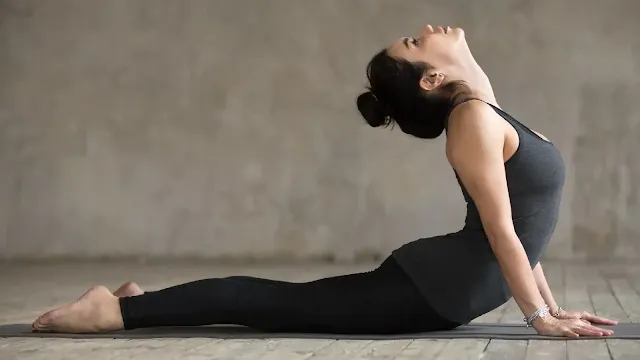The Partner yoga poses for beginners that you can try with a
friend or partner. Always practice yoga with caution and seek guidance from a
professional whenever necessary.
1.
Seated Forward Fold: Sit facing each other with legs extended
straight out, reach for your partner's hands and gently fold forward.
2.
Baddha Konasana Partner stretch: Sit back to back with bent knees,
then press the soles of your feet together, and gently lean back towards your
partner.
3.
Double Boat Pose: Sit facing each other with bent knees, lean the
bank of your feet against your partner's feet, hold onto your partner's hands
and gently lift your feet off the floor.
4.
Downward Dog Partner stretch: Stand facing your partner in
downward dog position, with your feet hip-width apart, and lean forward,
reaching for your partner's hand.
5.
Double Pigeon Pose: Sit facing each other, both cross the same leg
over the opposite thigh, and lean arms against your partner's backs.
6.
Double Camel Pose: Kneel opposite each other and grab onto each
other's ankles, then slowly lean back until both are holding a backbend.
7.
Double headed split: Sit facing each other with legs spread into a
wide "V" position, lean forward and hold each other's hands.
Remember to always practice yoga safely and to honor your limits.
Communication between partners is key when it comes to practicing partner yoga.



















